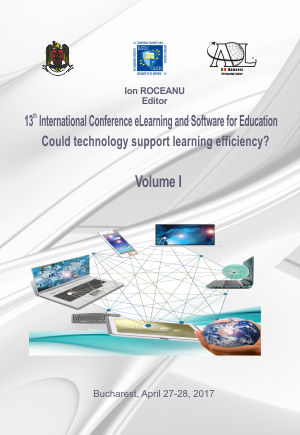QUALITY ASSURANCE CRITERIA FOR OPEN EDUCATIONAL RESOURCES
QUALITY ASSURANCE CRITERIA FOR OPEN EDUCATIONAL RESOURCES
Author(s): Grigore Albeanu, Eugenie POSDARASCUSubject(s): Social Sciences, Education
Published by: Carol I National Defence University Publishing House
Keywords: OER; TIPS; JRC; Achieve; modelling; simulation.
Summary/Abstract: Open Educational Resources (OER) is a leading trend in developing online/distance educational courses. The OER benefits of the 5R-framework of four rights on Retain, Reuse, Revise, Remix, and Redistribute. As a consequence, many tools and a large collection of OER items are available nowadays. Hence, the selection of OER items based on quality indicators is necessary. OER items include images, videos, scripts, lessons, units, assessments etc. An important issue is how openly-licensed and accessible datasets can be used as OER. OER-based teaching strategies should consider the quality assessment of “open data” as an important step when prepare the educational scenario/material. This paper describes quality criteria applied to OER items to be evaluated related on training and learning adequacy, content organization and relevance, resource format/type, alignment to standards, and supported systems and technologies. OER quality is viewed different by various actors: adult learners, professionals participating to training programs, young learners, educators, trainers, quality evaluation agencies, regional or national educational bodies etc. The TIPS framework, JRC recommendation, Achieve OER evaluation tool and other approaches are used as a basis for a specific set of criteria to be used for OER quality evaluation of items useful to teach modelling and simulation topics in higher education. Common indicators are shared by the reviewed frameworks, but these indicators are differently reorganized when consider categories, measures or rubrics. Creative Commons resources are selected and open software are identified and used during lectures on modelling and simulation addressed to students enrolled in computer science educational program. The development of the modelling and simulation course by remixing various OER was motivated by the guidelines of ACM-IEEE in CSC2013.
Journal: Conference proceedings of »eLearning and Software for Education« (eLSE)
- Issue Year: 13/2017
- Issue No: 01
- Page Range: 320-325
- Page Count: 6
- Language: English

